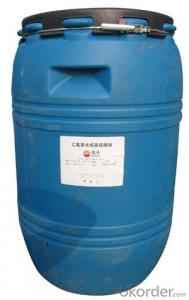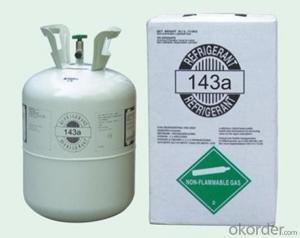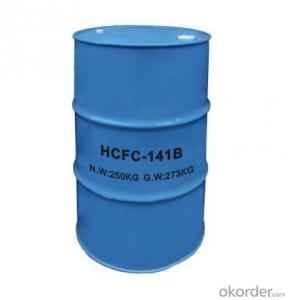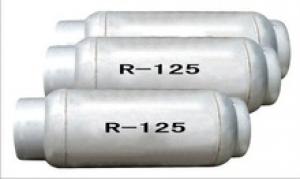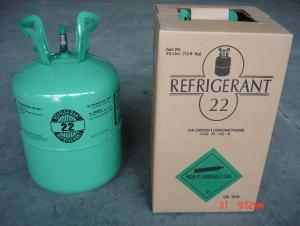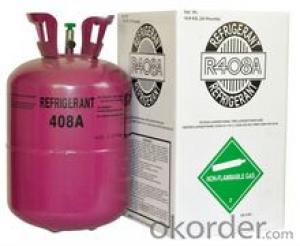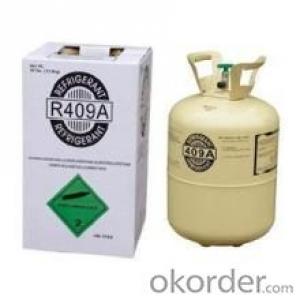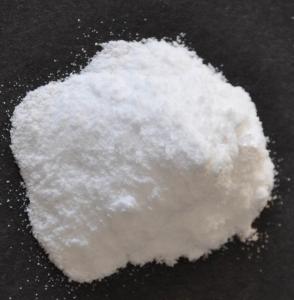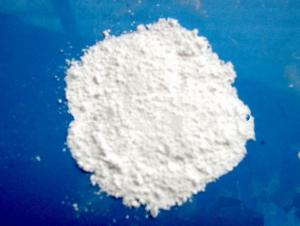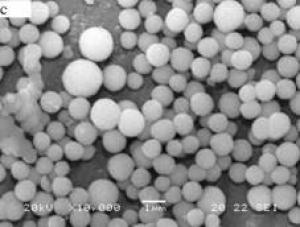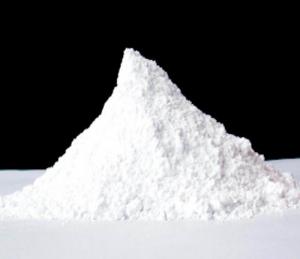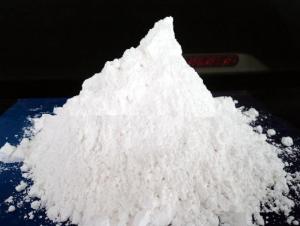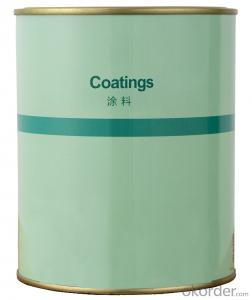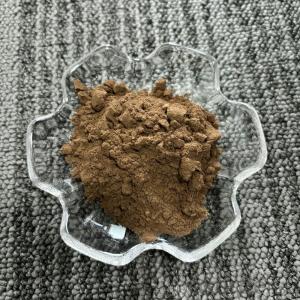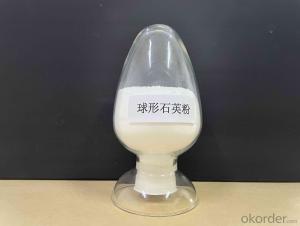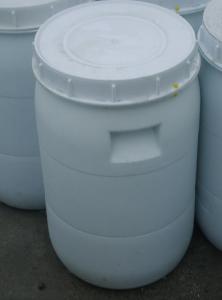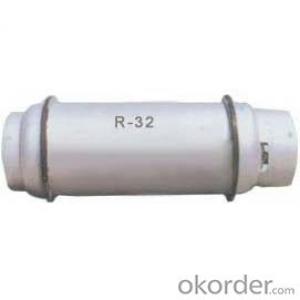BV TEST Fatty alcohol polyoxyethylene ether sodium sulfate (AES)
- Loading Port:
- China Main Port
- Payment Terms:
- TT OR LC
- Min Order Qty:
- -
- Supply Capability:
- -
OKorder Service Pledge
Quality Product, Order Online Tracking, Timely Delivery
OKorder Financial Service
Credit Rating, Credit Services, Credit Purchasing
You Might Also Like
Packaging & Delivery
| Packaging Detail: | Packing: Packed in plastic drums netted 170/220kgs |
| Delivery Detail: | 15day after TT or Lc |
Specifications
aes/ sles 70% surfactant material
1.high quality and low price
2.accept SGS check
3.fast delivery
4.Owning Factory
- Q:Why does toluene not belong to the derivatives of hydrocarbons?
- Hydrocarbon: sound tīng, is composed of two elements of carbon and hydrogen organic compounds known as hydrocarbons, also known as hydrocarbons. It reacts with chlorine, bromine, oxygen and other hydrocarbons to produce derivatives of hydrocarbons. Such as methane and chlorine in the light conditions of reaction to produce methyl chloride, dichloromethane, chloroform and chloroform (carbon tetrachloride) and other derivatives. The concept of derivatives is hydrocarbon and chlorine, bromine, oxygen and other reaction products. While toluene is not methyl and benzene, she is a whole noun is aromatic. Also known as aromatic hydrocarbons. Generally have one or more six-ring (benzene ring) with a special structure. The simplest aromatic hydrocarbons are benzene, toluene, xylene. There is also naphthenes. As the name suggests it is a ring structure. The most common is the five carbon atoms or six carbon atoms of the ring, the former called cyclopentane, which is called cyclohexane. The molecular formula of the cycloalkane is of the formula CnH2n. Cycloalkane is also called cycloalkane hydrocarbons. And alkanes. Is a carbon atom between the single bond phase chain hydrocarbon. Since the number of atoms that make up the hydrocarbon and hydrogen is different, the result is that the petroleum contains hydrocarbon molecules with large and small differences. Alkanes are named according to the carbon atoms and numbers contained in the molecule, and the number of carbon atoms is less than 10, from 1 to 10, followed by a, B, C, D, E, G, Alkane to say that the number of carbon atoms in more than 11, with the number that thank you to adopt
- Q:What is carbohydrate? What is organic? What is it?
- Most organic compounds mainly contain carbon, hydrogen two elements, in addition often contain oxygen, nitrogen, sulfur, halogen, phosphorus and so on. Part of the organic matter from the plant sector, but the vast majority of oil, natural gas, coal as raw materials, through artificial synthesis method. Compared with inorganic substances, the number of organic matter, up to several million kinds. The carbon atoms of the organic compound have a very strong ability to bind to each other to form a carbon or carbocyclic ring. The number of carbon atoms can be 1,2, it can be thousands, tens of thousands, many organic polymer compounds can even have hundreds of thousands of carbon atoms. In addition, the isotopic phenomenon of organic compounds is very common, which is one of the reasons for the many organic compounds. Organic compounds in addition to a few, can generally burn. Compared with inorganic matter, their thermal stability is relatively poor, the electrolyte is easy to heat decomposition. The melting point of organic matter is low, generally not more than 400 ℃. The polarity of organic matter is very weak, so most of the water is not soluble. The reaction between organic matter, mostly intermolecular reactions, often requires a certain activation energy, so the reaction is slow, often requiring catalyst and other means. And the reaction of organic matter is more complex, under the same conditions, a compound can often be several different reactions at the same time, generate different products.
- Q:Is the resin a dangerous chemical? Is there any other alias?
- Solid resin is not a hazardous chemical
- Q:What are the characteristics of organic compounds?
- Organic compounds are usually referred to as carbon-containing compounds, or hydrocarbon-containing compounds and their derivatives are collectively referred to as organic matter. Organic compounds are generally insoluble in water and soluble in organic solvents with lower melting points. The vast majority of organic matter heat easily decomposed, easy to burn. The reaction of organic matter is generally slow and often accompanied by side effects, and there are many kinds of organic compounds, which can be divided into two major categories of hydrocarbon and hydrocarbon derivatives. According to the organic groups contained in the functional groups, divided into alkanes, alkenes, alkynes, aromatic hydrocarbons and alcohols, aldehydes, carboxylic acids, esters and so on. According to the organic carbon molecular structure, can also be divided into open chain compounds, carbocyclic compounds and heterocyclic compounds three categories.
- Q:What are the derivatives of hydrocarbons?
- Halogenated hydrocarbons, alcohols
- Q:Alcohols and carboxylic acids in the hydroxyl group, the oxygen atoms are sp3 hybrid or sp2 hybrid
- Absolute is SP3 which has two pairs of pairs of pairs of electronic occupation of the two tracks. After the hybrid treatment of the s and p is Jane and rail. You say sorry ah, have to ask, if it is sp3, then 4 SP3 track, How does the electronics occupy it? Is there two of them that have two electrons, and the other two
- Q:What is the hydrocarbon thing
- Hydrocarbons can be divided into: open chain hydrocarbons (carbon atoms in hydrocarbon molecules in open chain) - saturated hydrocarbons - alkanes - unsaturated hydrocarbons - olefins and polyolefins (carbon - carbon double bonds, unstable) - alkynes and (Cyclopentane) - cycloalkene - cycloalkyne aromatic hydrocarbon - monocyclic aromatic hydrocarbon (benzene and its homologues) - fused ring aromatic hydrocarbons (Polycyclic aromatic hydrocarbons and their homologues) - polycyclic aromatic hydrocarbons (naphthalene, anthracene and other condensed ring aromatic hydrocarbons and their homologues) all hydrocarbons are hydrophobic, that all the hydrocarbons are not soluble in water and coal The main ingredients are hydrocarbons
- Q:Why does the molecular atom compound do not belong to the life structure
- Life structure is composed of CHO as the main element through the covalent bond of the combination of hydrocarbons and their derivatives, and you said the molecular atomic compounds are usually atomic or ionic bond
- Q:Carboxylic acid in the end can not react with the new copper hydroxide
- But the formula is written in the carboxylic acid, because the reaction of aldehydes with the new copper hydroxide is alkaline conditions, the carboxylic acid is not present, but the carboxylic acid and alkali, copper hydroxide, copper oxide are reaction, Side reactions too much, too complex, in order to show that the reaction principle, simply from the simple processing, directly write carboxylic acid
- Q:What is organic matter?
- Green plants use light to provide energy, in the chloroplast synthesis of starch and other organic matter, and the light energy into chemical energy stored in organic matter, this process is often said that photosynthesis.
1. Manufacturer Overview |
|
|---|---|
| Location | |
| Year Established | |
| Annual Output Value | |
| Main Markets | |
| Company Certifications | |
2. Manufacturer Certificates |
|
|---|---|
| a) Certification Name | |
| Range | |
| Reference | |
| Validity Period | |
3. Manufacturer Capability |
|
|---|---|
| a)Trade Capacity | |
| Nearest Port | |
| Export Percentage | |
| No.of Employees in Trade Department | |
| Language Spoken: | |
| b)Factory Information | |
| Factory Size: | |
| No. of Production Lines | |
| Contract Manufacturing | |
| Product Price Range | |
Send your message to us
BV TEST Fatty alcohol polyoxyethylene ether sodium sulfate (AES)
- Loading Port:
- China Main Port
- Payment Terms:
- TT OR LC
- Min Order Qty:
- -
- Supply Capability:
- -
OKorder Service Pledge
Quality Product, Order Online Tracking, Timely Delivery
OKorder Financial Service
Credit Rating, Credit Services, Credit Purchasing
Similar products
New products
Hot products
Related keywords
